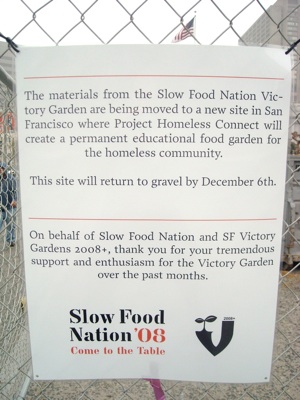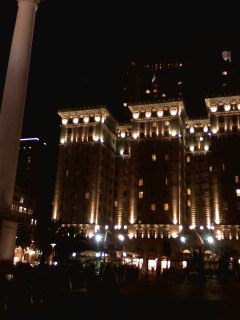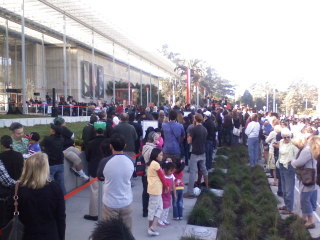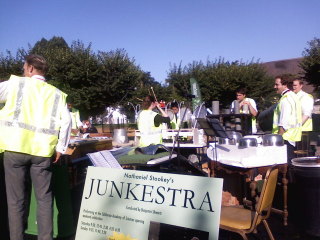Pictures
Air cleaning plants (see last post) incorporated in a cool wall design at clubfizz.biz:
Here is the new incarnation of the loft wall with lots of integrated toxin-eating plants. eventually they will form a plant curtain and look really cool.
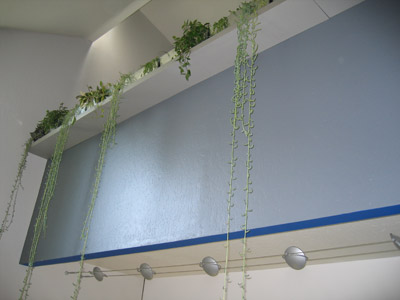
I was walking to the SF Main Library today (yes, more DVDs) and I came across this:
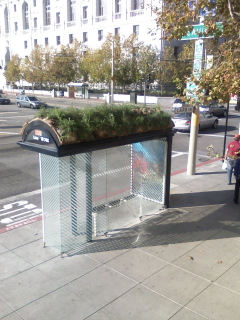
A bus shelter with a living green roof (like the big one at the Academy of Science)!
How awesome! I hadn’t heard anything about this program prior to seeing the bus shelter, so I looked around and found the “Green Roof Bus Shelter Group” page on the San Francisco Parks Trust website.
From their page:
The Green Roof Bus Shelter Group is a collaborative of architects and green roof enthusiasts who propose to install a living green roof on the top of a bus shelter in San Francisco for a three month pilot program. Their mission is to educate the public about the many environmental benefits of green roofs, as well as improve urban air quality and provide attractive waiting spaces for public transit users. The group will be tracking public comments through MTA”™s website.
Benefits of green roofs:
- filtering air pollution and particulates from vehicle exhaust
- managing storm water by slowing the runoff rate
- adding an extra layer of insulation to roofs
- providing wildlife habitat opportunities in a dense urban area
I’m excited to see living roofs catching on and gaining in prominence. I’m looking to find more information.
Today’s opening on the new California Academy of Sciences in Golden Gate Park was a madhouse. The ceremonies were set to start at 8:30am; we arrived a little after 9am (after picking up some very tasty scones from Arizmendi) and expected there would be a line. What we were unprepared for was the line stretching well away from the Academy down JFK Drive, past the Conservatory of Flowers and then wrapping back around down Middle Drive East.
We had decided when we saw the line going around the first corner that we’d just come back another time to see the inside of the museum (a luxury of being a local). As we walked along, our attention turned to the line itself — the number of people waiting and how long people would be willing to wait to get in.
I stopped and talked to one of the academy volunteers. She said she had stopped counting after the first 2,000 people and they could only accommodate 4,000 people at a time. That wasn’t even halfway to the end of the line. I asked some people in line how long they would wait. The first folks I talked to seemed mildly shocked when I told them how many people were in front of them, but a group I spoke to waiting even farther back said they’d stick it out for four or five hours. I wouldn’t (and didn’t!) but was impressed with their dedication.
It was nice to see so many people in interested in a science museum!
We ended up walking back to the main concourse and checking out some of the booths and the bands playing in front of the Academy. One in particular, Junkestra, was really fun. They’re a group of symphony musicians who play on a bunch of instruments that they had built out of garbage! The music, played on trashcans, with old hoses, on plastic pipes, on water bottles, with a saw and with other weird objects, was very good!
There was more information on the Academy of Sciences itself, including the solar panels and the living roof — the roof of the building features gently undulating curves covered with soil and living plants.
I was disappointed that so many people drove there instead of using public transit — the park was full of idled cars and the surrounding Inner Sunset neighborhood was choked up all afternoon and into the evening, which delayed the public transit, of course.
When we got back I mapped out the line and found that it was about an eighth of a mile long when were arrived around 9am and a little over a mile long when we walked back past around 11am.

